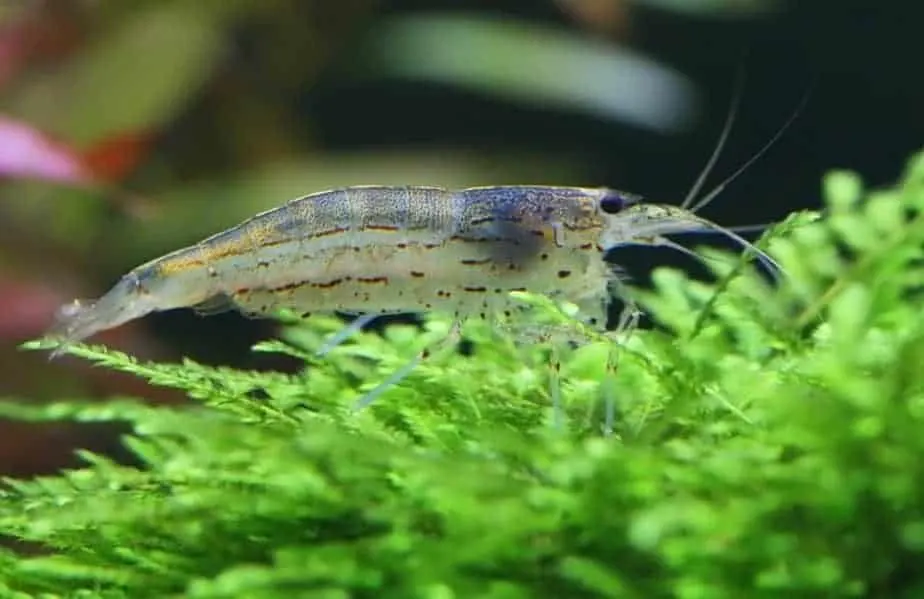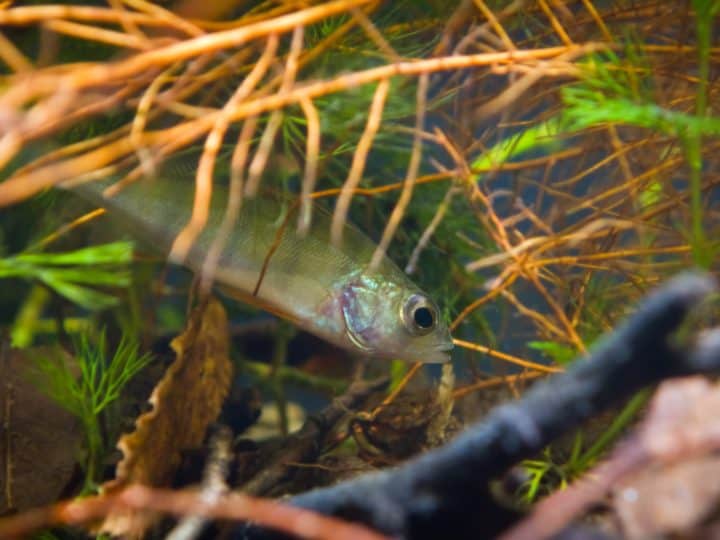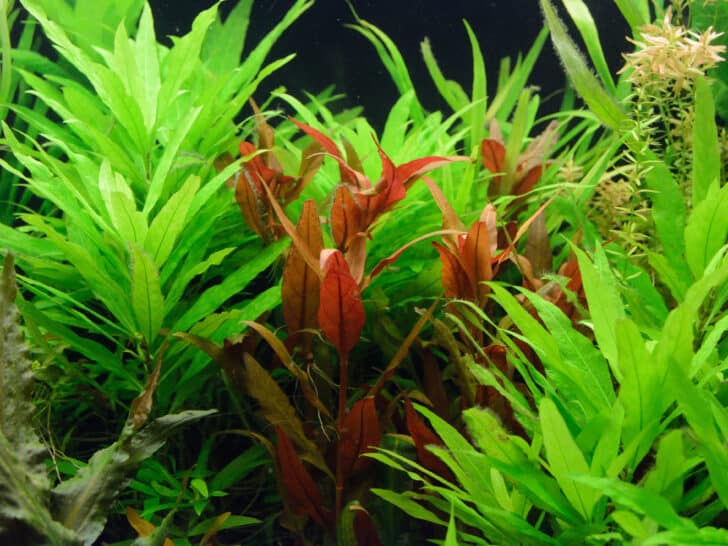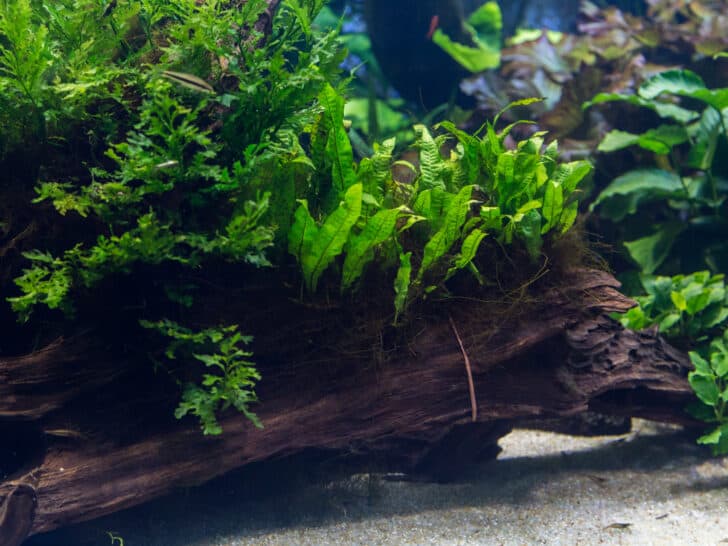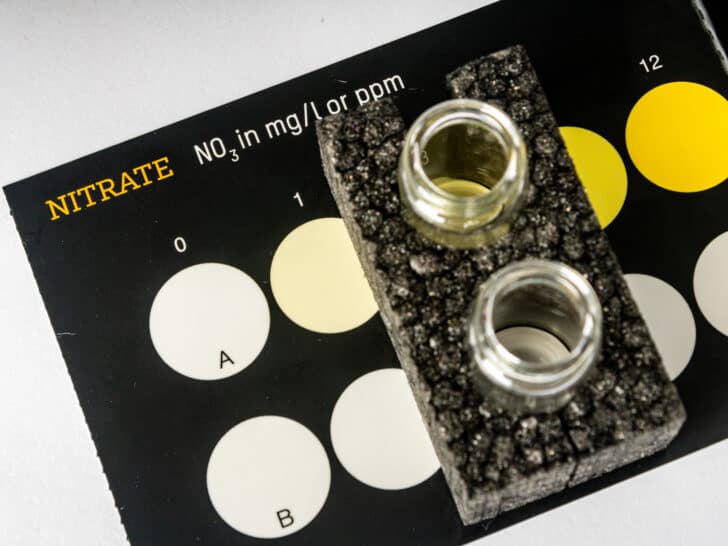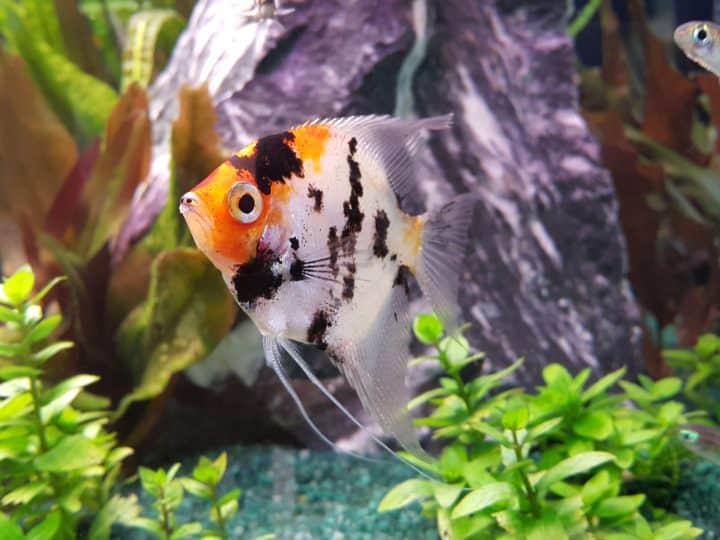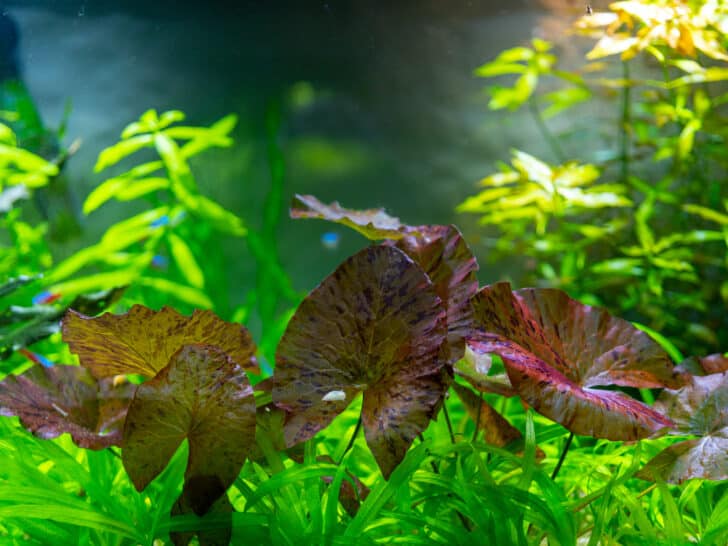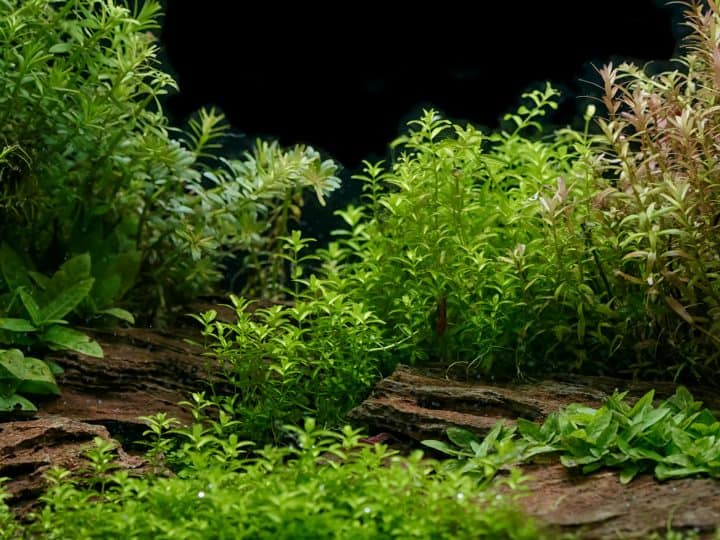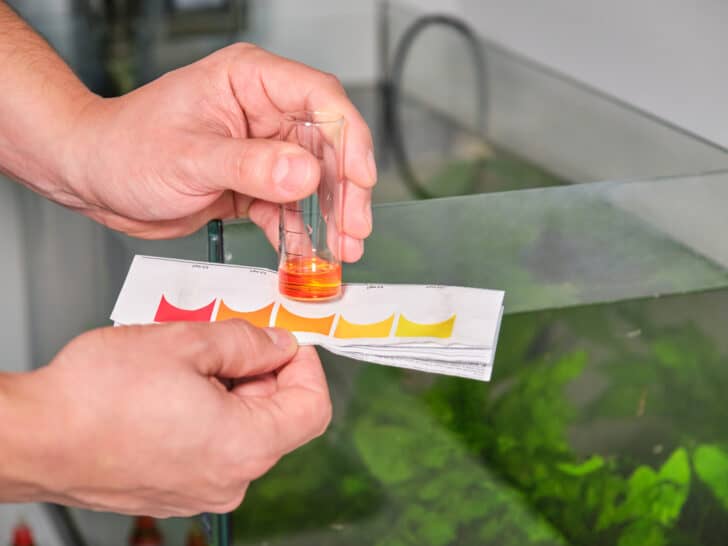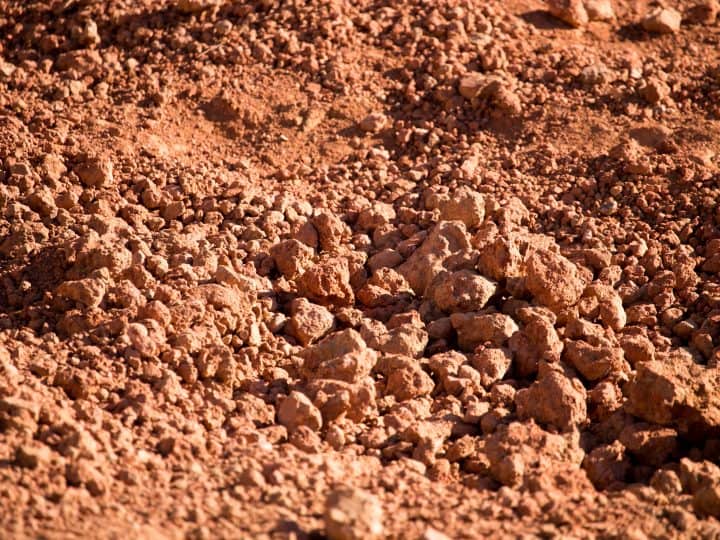I’m keeping freshwater fish, which obviously need food, but I also started keeping live plants. I did not know if they needed food, so I did some research and struggled finding a clear answer.
Quick Answer
Aquarium plants need nutrients to grow. They partly obtain these nutrients from fish poop and other organic waste, but need additional plant fertilizer for optimal growth. This can be liquid fertilizer, root tabs or a nutrient-rich soil.
Now that you know that plants need food, it’s critical to learn how much you need to add for what plants. You also should know how to prevent algae, and look for signs that give away an imbalance in your tank. I’ll briefly go over these points so you’re ready to take care of your aquarium plants!
How much fertilizer do live plants need?
Depending on how bright your aquarium light is, and whether you add pressurized CO2 to your aquarium or not, you should determine how much fertilizer your tank needs. You will always find a recommended dosage on whatever fertilizer you’re adding, but you need to apply some common sense to it.
If you’ve got just a few plants, the recommended dosage will be too much. If you’re adding many nutrients, it can easily happen that instead of your plants, algae will consume it. This means that algae will start to grow, especially if you’ve got a bright light.
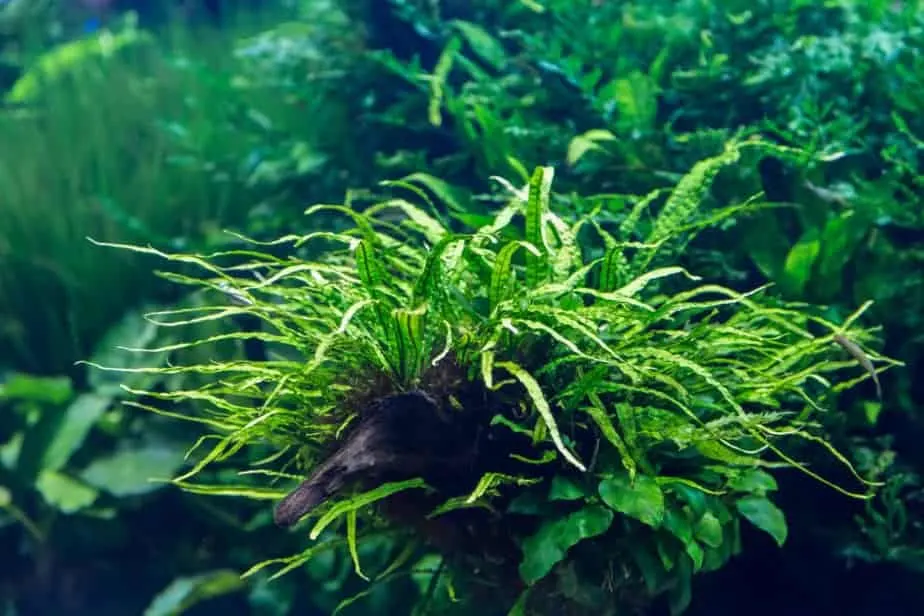
You’ll know if you’re adding too much fertilizer (in combination with high lighting) if you see green algae growing or if you see brown algae growing when you’ve got low lighting.
When you’re keeping many plants that grow quickly, the recommended dosage on the packaging of your fertilizer will probably not suffice. Plants that are in need of more nutrients will turn brown, with leaves dying off. Luckily for us, the plants don’t die overnight. First they will show other signs, including stagnating growth or disintegrating leaves.
This is the time to react and adjust your dosage.
What fertilizer should you add to your tank?
Different plants need different forms of fertilizer. While this may seem complex, I assure you it’s not. Right now, you’ve got three different options. You either have a nutrient rich soil which you specifically bought to grow plants in. Regular substrate consisting of plain (aquarium) gravel or sand is inert and does not contain any nutrients.
If you do not have a soil, you can add either liquid fertilizer or root tabs. Liquid fertilizer explains itself and root tabs are nutrient-containing-tablets you can push in your substrate to locally fertilize aquarium plants.
Now when do you use liquid ferts and when to use root tabs. Let’s go over each type of aquarium plant. But before we do this, I want you to know that no plant is 100% water-column feeder and no plant is 100% root feeder.
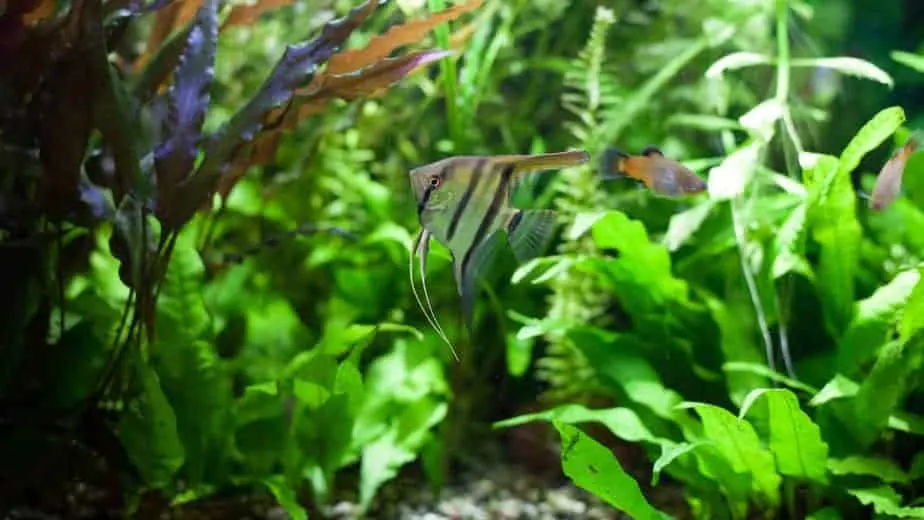
Floating plants are the exception, they take their nutrients straight from your aquarium water. Other plants like Java Ferns, Anubias plants or Java Moss also take their nutrients from the water column.
Plants that create dense root balls like Cryptocoryne plants, Amazon Swords (and other Echinodorus plants) or bulb plants do really well with additional fertilizer in the substate. Make sure to research your plants to provide the right care.
Is fish waste enough to feed plants?
If you’ve got slow growing plants and a lot of wasteful fish, just the nutrients produced by your aquatic inhabitants might suffice. It’s important to understand that plants that grow fast consume the existing nutrients in tank rapidly.
As soon as you’re adding more plants, it’s important to start adding some liquid fertilizer. I would always recommend adding fertilizer with aquarium plants, because the nutrients produced by your tank will not cover all needs of a plant.
Plants like goldfish or larger fish in general are way more wasteful, so they need bigger filters. However, they can also produce more food for plants. This is also the reason why goldfish are often used in home aquaponics systems.
How to deal with an algae problem!
Hands down the most common problem that arises when trying to find a balance in your aquarium is dealing with algae. There are several different kinds of algae, but for now you can categorize them as green, brown and black.
Black beard algae or black spot algae is a pain, but has other causes like water current/flow and CO2 fluctuations.
For now, if you’re seeing green algae it means you’ve got too much light on your aquarium. With too much light and your aquarium plants not being able to grow faster, green algae will start to grow. To counter this, lower your light.
If you see brown algae slowly covering everything in your tank, it means there is a surplus of nutrients and a lack of light. First increase the amount or duration of your aquarium light. If this causes your plants to grow better, they are able to absorb more nutrients and deal with the brown layer.
To reduce the amount of nutrients, add less fertilizer and do a water change.
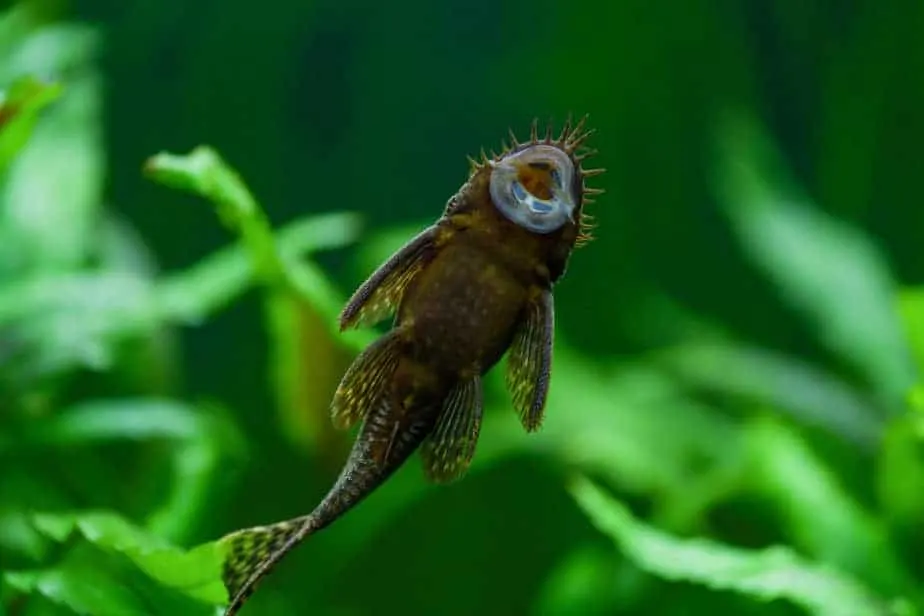
To remove algae, you can add some shrimp, snails or algae eater like otocinclus or a bristlenose catfish. They will help do some of the maintenance, but you can only add them if your tanksize, water parameters and other tank mates allow it. Also, don’t think of them as scavengers, you’ve got to feed them too.
If you’ve had a severe algae attack, you need to get in there and manually remove most of it. Make sure to find and fix the cause, otherwise you’ll be cleaning again in a few days.
